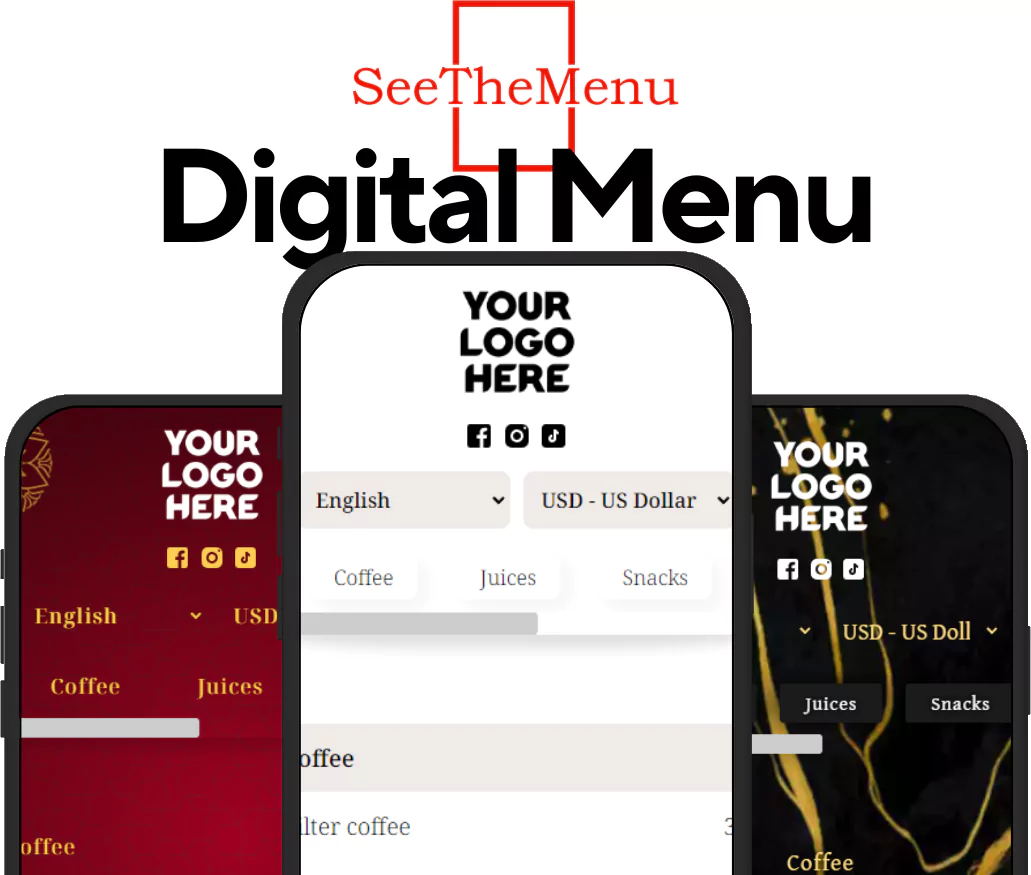Customer Service in the Digital Age: How Digital Menus Can Help
Date:04/08/2024

In the rapidly evolving hospitality industry, digital menus have become more than just a novel tech feature; they are a pivotal component of modern customer service. These interactive tools can dramatically enhance how information is conveyed to customers, ensuring that their dining experience is as seamless and enjoyable as possible. This blog post explores the various ways digital menus contribute to superior customer service by providing timely and relevant information.
Enhancing Customer Service with Digital Menus:
- Immediate Updates and Accurate Information:
- Digital menus allow restaurant staff to update information in real-time, ensuring that what’s presented to the customer is always current. Whether it’s changing menu items based on availability, updating prices, or highlighting daily specials, customers receive the most accurate information at the moment they decide to order.
- Allergen and Dietary Information:
- With a growing awareness and concern for dietary needs and food allergies, digital menus can play a critical role by providing detailed ingredient lists and allergen information for each dish. This not only helps customers make safe choices but also reduces the risk of allergic reactions, enhancing customer trust and safety.
- Enhanced Interaction Through Customization:
- Digital menus can offer interactive features, such as allowing customers to customize their meals by adding or removing ingredients according to their preferences. This level of customization improves the customer experience by empowering diners to create a meal that perfectly suits their taste and dietary requirements.
- Speed and Efficiency in Service:
- By streamlining the ordering process, digital menus reduce wait times and the potential for order errors. This efficiency leads to quicker service, allowing guests to enjoy their meal without frustrating delays, which is especially crucial during peak dining hours.
- Multilingual Support:
- For restaurants in cosmopolitan cities or tourist destinations, digital menus with multilingual options remove language barriers, providing a more welcoming environment for non-native speakers. This inclusivity significantly enhances the service experience for international diners.
- Visual Appeal and Clarity:
- Digital menus can display high-quality images of dishes, helping customers make informed choices by seeing what the food looks like before ordering. This visual aid is particularly useful for customers unfamiliar with certain dishes or cuisines.
Leveraging Technology for Proactive Service:
- Real-Time Feedback Collection:
- Digital menus can be equipped with features that allow customers to provide feedback on their dining experience in real-time. This immediate insight can be invaluable for restaurants aiming to quickly address any issues and continually improve service quality.
- Integration with Loyalty Programs:
- Integrating digital menus with customer loyalty programs enhances the dining experience by offering personalized recommendations and rewards based on previous orders. This not only encourages repeat business but also makes customers feel valued and appreciated.
Conclusion: Digital menus are transforming customer service in the restaurant industry by providing timely information, enhancing order accuracy, and improving overall dining experiences. As technology continues to evolve, the role of digital menus in delivering exceptional service will only grow more significant.
